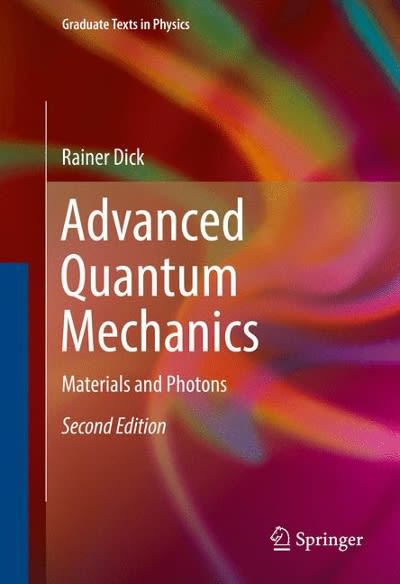Please solve it step by step by step
1. If we know the magnitude and direction of the acceleration acting on a body of given mass, Newton's second law allows us to calculate its A) Position vector B) Velocity vector C) Acceleration vector D) Force vector 2. The force of gravitational attraction upon a body is called its A) Mass B) Weight C) Volume D) Acceleration 3. When your car travels around a sharp curve, you feel as if you are flung sideways because A) you continue moving in a straight line B) a centripetal force is acting on you C) the car exerts an outward force on you D) of gravity 4. A constant force of 8.0 N is exerted for 4.0 s on a 16-kg object initially at rest. The change in speed of this object will be: A) 0.5 m/s B) 2m's C)4m/s D) 8 m/'s E) 32 m/'s 5. A car tows a 2000 kg trailer up a 20" incline with steady speed. What force does the car exert on the trailer? A) not enough information B) 680 N C) 1900 N D) 6700 N E) 18400 N 6.. How much force is on a .5 m string, attached to a 2 kg mass which is moving on a circular path at 21 m/s? A) 61 N B) 84 N C) 176 N D) 902 N E) 1764 N 7. You are traveling at 30 mph (13.4 m/s) and you hit a concrete wall. Your airbag deploys, bringing you to a stop in a distance of 30 cm. Assume your mass is 75 kg. What is the force of your body mass on the airbag, in bringing you to a stop? A) 603 N B) 1125 N C) 8080 N D) 22,400 N E) 1,125,000 N 8. What is the coefficient of friction if a block slides down an incline of 450 at a constant velocity? A) .1 B) .2 C) .4 D) . 7 E) 1.0 9. An automobile moves on a level horizontal road in a circle of radius 30 m. The coefficient of friction between tires and road is 0.50. The maximum speed with which this car can round this curve is: A) 3.0 m/'s B) 4.9m/'s C) 9.8 m/'s D) 12 m/s E) 13 m/s 10. Two masses are set up as is shown below (just like in lab). The 2.8 kg mass glides friction-free horizontally, pulled to the right by the hanging mass of 3.5 kg. What is the acceleration of the 2.8 kg mass? 0 A) 12.3 m/s2 B) 9.8m/s C) 7.6 m/s2 D) 5.4 m/s2 E) 4.4 m/s2 11. Which requires more work, increasing a car's speed from 0 mph to 30 mph or from 50 mph to 60 mph? A) 0 mph to 30 mph B) 50 mph to 60 mph C) It is the same in both cases. 12. Two cyclists weigh the same, have identical bicycles, and ride up the same mountain with both starting at the same time. Joe rides straight up the mountain, and Bob rides up the longer road that has a lower grade. Joe gets to the top before Bob. Which statement below is true? A) The amount of work done by Joe equals the amount of work done by Bob, but the average power exerted by Joe is greater than that of Bob. B) The amount of work done by Joe is greater than the work done by Bob, and the average power exerted by Joe is greater than that of Bob. C) Bob and Joe exert the same amount of work, and the average power of each is also the same. D) The average power exerted by Bob and Joe was the same, but Joe exerted more work in getting there







